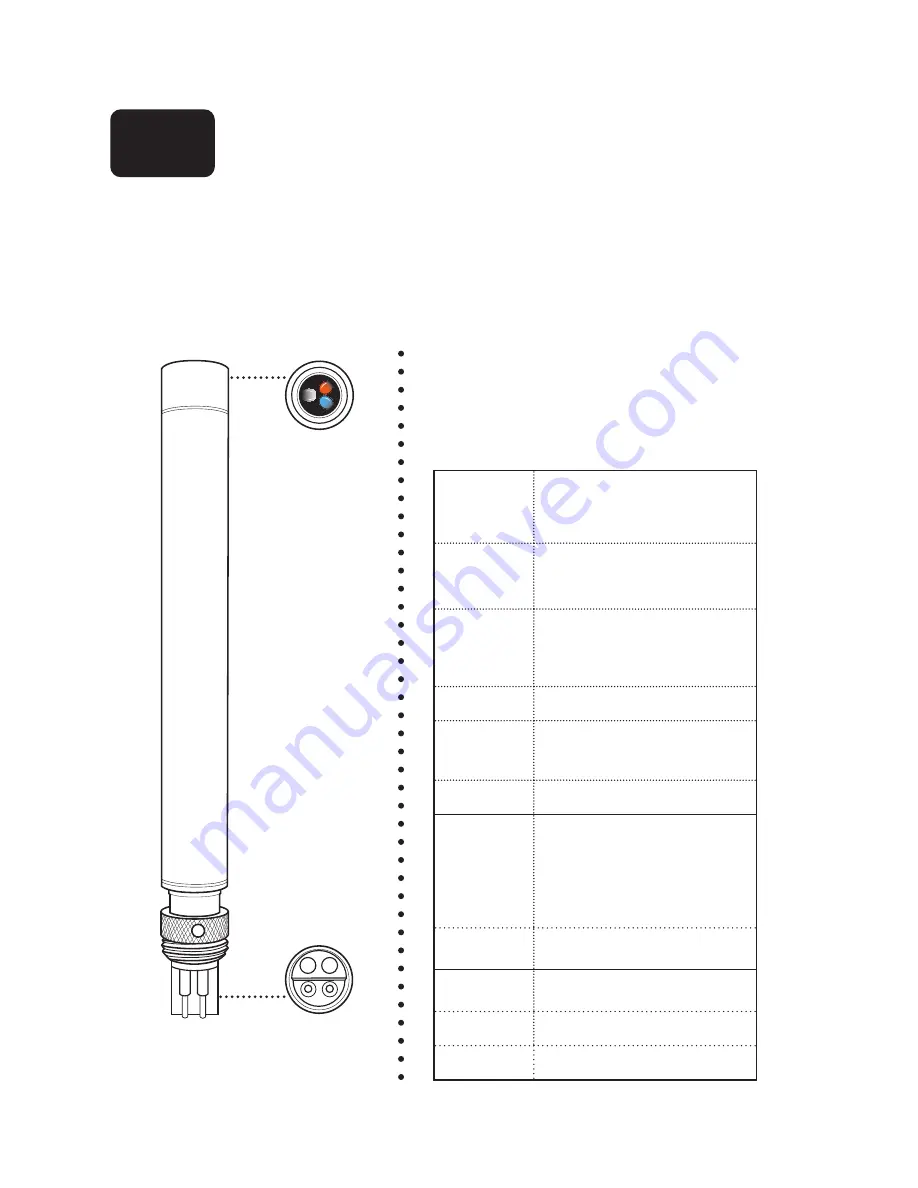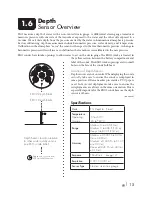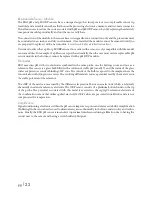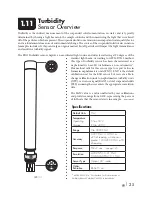
pg
|
23
Total Algae (Chl & BGA-PC)
Sensor Overview
The EXO total algae sensor is a dual-channel fluorescence sensor that generates two independent data sets;
one resulting from a blue excitation beam that directly excites the chlorophyll
a
molecule, present in all
photosynthetic cells, and a second from an orange excitation beam that excites the phycocyanin accessory
pigment found in blue-green algae (cyanobacteria). This orange excitation triggers a transfer of energy from
the phycocyanin to the central chlorophyll
a
, where photosynthesis is initiated.
Although blue-green algae contain chlorophyll
a
, the chlorophyll fluorescence signal detected by
in situ
fluorometers is weaker than in eukaryotic phytoplankton. This results in an underestimate of algae biomass when
using a single-channel chlorophyll sensor when blue-green
algae are present. The EXO total algae sensor generates a more
accurate total biomass estimate of the planktonic autotrophic
community by exciting chlorophyll
a
and phycocyanin.
1.10
Specifications
Units
Chlorophyll
BGA - PC
RFU, µg/L Chl
RFU, µg/L PC
Temperature
Operating
Storage
-5 to +50°C
-20 to +80°C
Range
Chl: ~
0 to 400 µg/L Chl; 0 to
100 RFU
BGA-PC:
0 to 100 µg/L PC;
0 to 100 RFU
Response
T63<2 sec
(see pg 12)
Resolution
Chl:
0.01 µg/L Chl; 0.01 RFU
BGA-PC:
0.01 µg/L PC;
0.01 RFU
Sensor Type
Optical, fluorescence
Linearity
Chl:
R
2
>0.999 for serial dilution
of Rhodamine WT solution from 0
to 400 µg/L Chl equivalents
BGA:
R
2
>0.999 for serial dilution
of Rhodamine WT solution from 0
to 100 µg/L PC equivalents
Detection
Limit
Chl:
0.09 µg/L Chl
BGA-PC:
0.04 µg/L PC
Optics:
Chl Excitation
.
470±15 nm
PC Excitation
590±15 nm
Emission
685±20 nm
(continued)
599102
















































